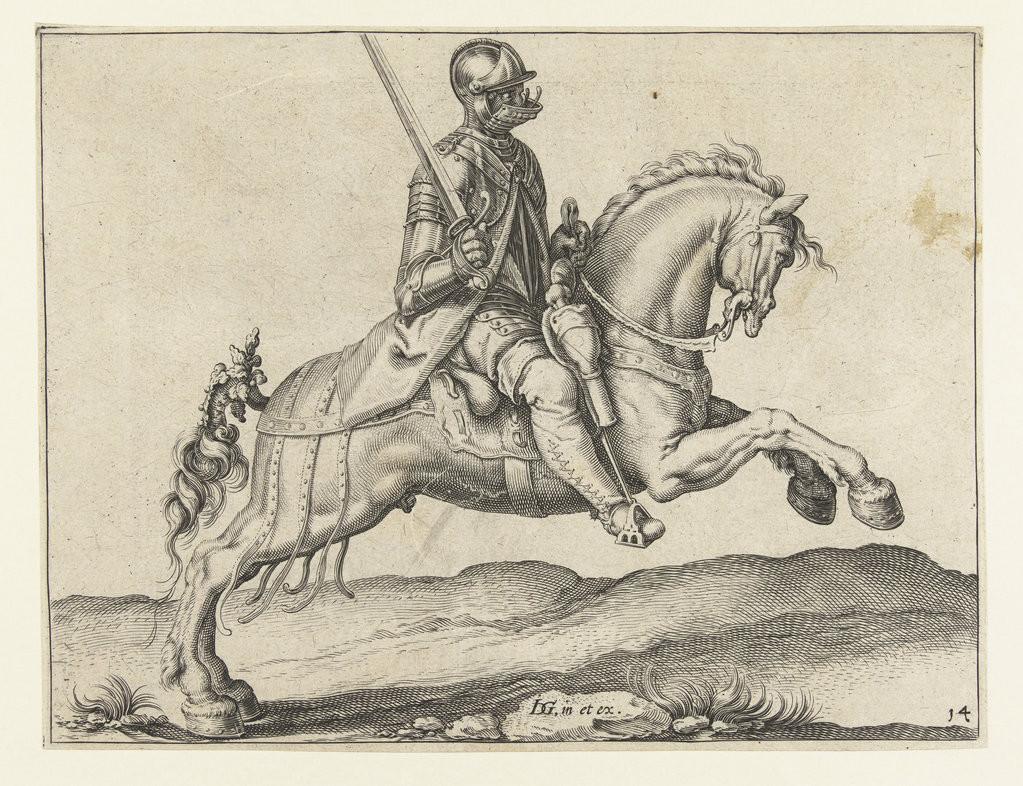06-29-2021, 02:13 AM
I'm not an expert on hatching, but my 2 cents are:
a. Can perpendicular hatching ever work?
I hesitate to say that something can never work, because I'm always surprised at what people can do. There's always exceptions to the rule. But generally, no it doesn't work. Crossing the lines at a diagonal is much better.
For example, this engraving. Notice how the crossed lines meet with a narrow X, much less than 90 degrees. So it creates these little diamonds in between each line. b. Should lines always follow form? Because I'm finding examples of both lines which follow form and lines which don't so I'm undecided.
It can be either way. Sometimes the lines are there to create relief by making a different tone, or covering an area in tone flatly to push it back. In that case the lines are like a screen on top of the form. And sometimes the lines don't curve around the form completely, but are kind of bent over it, so it's both. There's a lot of different styles.
For your studies I would pick one at a time though.
I also want to say that with hatching, there's a lot going on underneath the surface technique as well. Like Who showed with the Zorn etchings, it's not the lines so much that are important, but the value structure. Hatching is just a technique to put down value on paper, but you still have to know what values to put down! So I would do value studies without hatching as well, but it's up to you.
a. Can perpendicular hatching ever work?
I hesitate to say that something can never work, because I'm always surprised at what people can do. There's always exceptions to the rule. But generally, no it doesn't work. Crossing the lines at a diagonal is much better.
For example, this engraving. Notice how the crossed lines meet with a narrow X, much less than 90 degrees. So it creates these little diamonds in between each line. b. Should lines always follow form? Because I'm finding examples of both lines which follow form and lines which don't so I'm undecided.
It can be either way. Sometimes the lines are there to create relief by making a different tone, or covering an area in tone flatly to push it back. In that case the lines are like a screen on top of the form. And sometimes the lines don't curve around the form completely, but are kind of bent over it, so it's both. There's a lot of different styles.
For your studies I would pick one at a time though.
I also want to say that with hatching, there's a lot going on underneath the surface technique as well. Like Who showed with the Zorn etchings, it's not the lines so much that are important, but the value structure. Hatching is just a technique to put down value on paper, but you still have to know what values to put down! So I would do value studies without hatching as well, but it's up to you.








![[+] [+]](images/collapse_collapsed.png) Spoiler
Spoiler